An acquisition is like a fingerprint—unique and complex, leaving a lasting impression on the corporate landscape. While all acquisitions share certain commonalities, each tells a distinct story of strategy, ambition, and transformation.
In this blog, we’ll explore 11 powerful acquisition examples and dive into the strategies, challenges, and successes that define them. From the motivations driving these deals to the outcomes that reshaped industries, we’ll uncover the key takeaways that can guide your approach to mergers and acquisitions.
Here are 11 recent notable acquisitions
Showcasing both successful deals and those that faced significant hurdles:
- Microsoft bought Activision Blizzard for $68.7B to dominate gaming and the metaverse.
- Amazon acquired MGM Studios for $8.45B to boost Prime Video content.
- Adobe purchased Figma for $20B to enhance design collaboration.
- Elon Musk bought Twitter (now X) for $44B to transform the platform.
- Salesforce acquired Slack for $27.7B to rival Microsoft Teams.
- Google bought Fitbit for $2.1B to expand into wearable tech.
- AMD acquired Xilinx for $35B to boost adaptive computing.
- Oracle purchased Cerner for $28.3B to enter healthcare IT.
- Nvidia acquired Arm for $40B to lead in semiconductor tech.
- IBM bought Red Hat for $34B to bolster cloud services.
- Facebook (now Meta) acquired Kustomer for $1B to improve customer service.
Let's see each of them in detail now-
Microsoft and Activision Blizzard - Acquisition to Dominate Gaming and the Metaverse
In 2022, Microsoft announced its plan to acquire Activision Blizzard for $68.7 billion to expand its market share in the gaming industry and leverage Activision's iconic franchises, such as Call of Duty.
After a 21-month regulatory saga, Microsoft finalized the deal in October 2023. The acquisition faced significant scrutiny from various regulatory bodies, including the UK’s Competition and Markets Authority, which initially blocked the deal. Microsoft addressed these concerns by agreeing to sell Activision Blizzard’s cloud gaming rights to Ubisoft, ultimately securing approval.
Challenges: The deal faced regulatory scrutiny over market consolidation and internal issues at Activision. Microsoft addressed these during due diligence and effectively managed the integration process.
Impact on the Landscape: This acquisition boosted Microsoft's gaming portfolio, accelerating its Game Pass service and enhancing its presence in the metaverse.
Key Takeaways: Navigating regulatory hurdles and strategic adjustments was crucial for completing the acquisition, positioning Microsoft as a dominant player in the gaming industry.
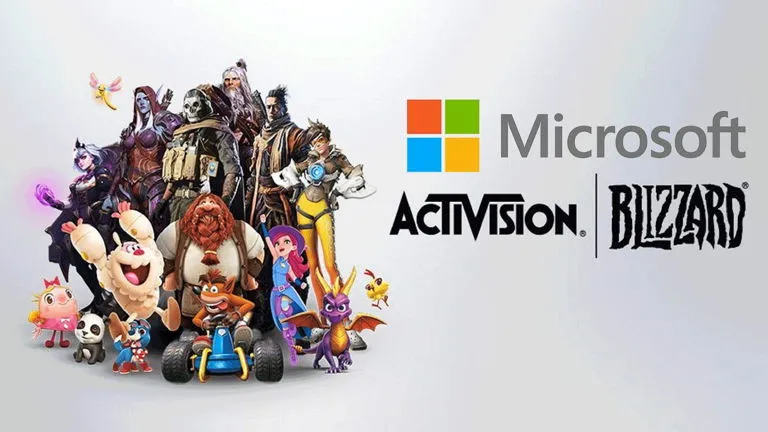
Amazon and MGM Studios - Acquisition to Dominate the Streaming Space
In 2022, Amazon acquired MGM Studios for $8.45 billion to enhance its Prime Video streaming service and expand its customer base by adding MGM's extensive content library.
Challenges: The deal faced regulatory reviews over market consolidation. Amazon had to integrate MGM’s vast library while maintaining its brand identity.
Impact on the Landscape: The acquisition strengthened Amazon’s content library, giving it a competitive edge in the streaming wars.
Key Takeaways: By acquiring MGM Studios, Amazon significantly strengthened its streaming service, enhanced its content offerings to better compete with other streaming giants, and successfully navigated regulatory concerns to integrate MGM’s vast library while maintaining its brand identity.
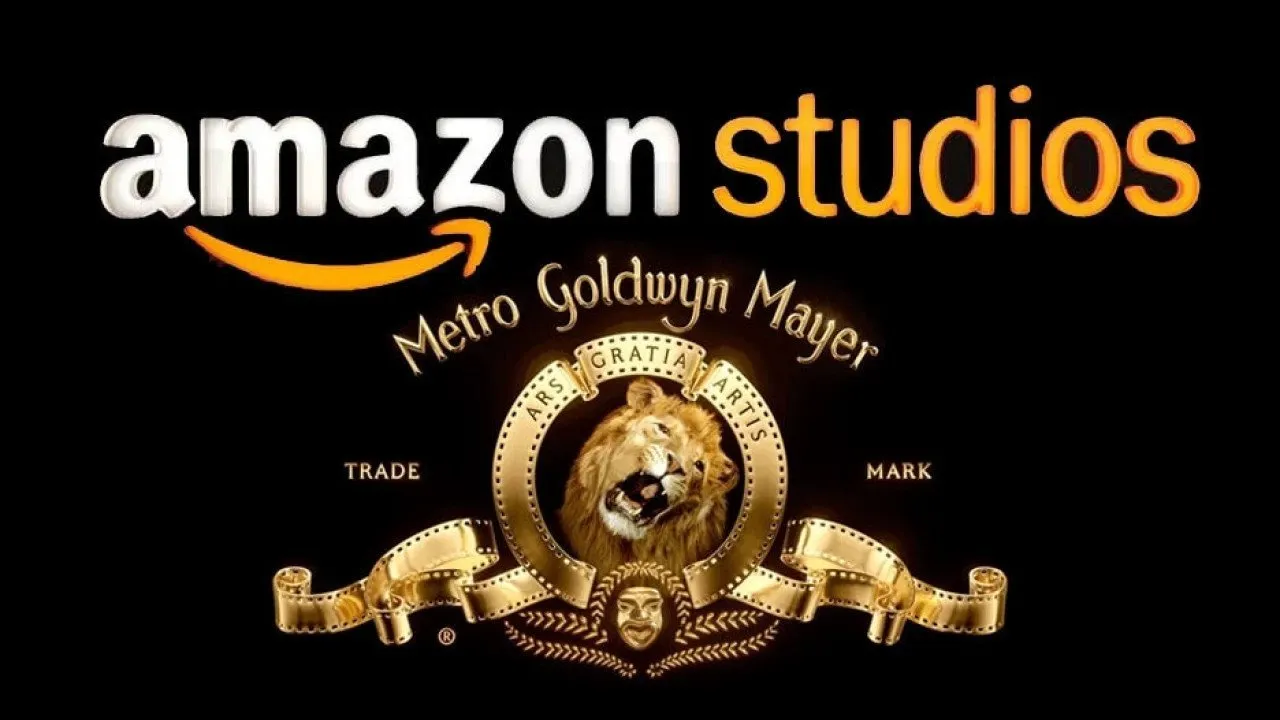
Adobe and Figma - Acquisition to Enhance Design Collaboration
In 2023, Adobe planned to acquire Figma for $20 billion to boost its market share in design software. However, the deal fell due to regulatory hurdles from the European Commission and the UK Competition and Markets Authority. Both companies agreed there was no clear path to approval.
Challenges: Regulatory approval issues led to the termination.
Impact on the Landscape: Adobe couldn’t integrate Figma’s tools.
Key Takeaways: Regulatory barriers can disrupt even promising acquisitions.
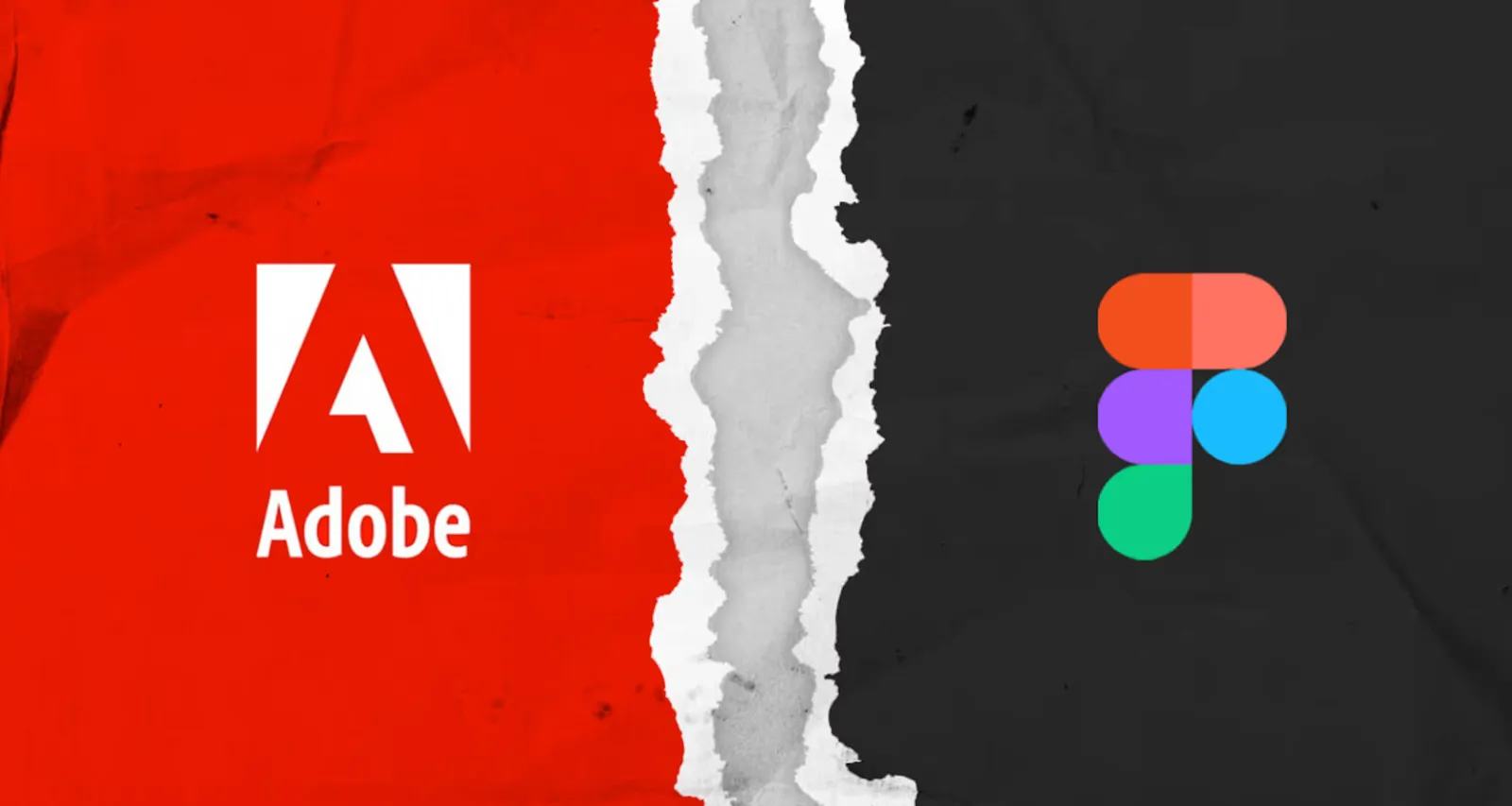
Elon Musk and Twitter - Acquisition to Transform the Platform
In 2022, Elon Musk acquired Twitter for $44 billion to transform the social media platform and promote free speech, increasing its valuation.
Challenges: The acquisition process was turbulent, marked by legal battles and policy change concerns.
Impact on the Landscape: Musk’s acquisition led to significant shifts in Twitter’s operations and policies, impacting user engagement.
Key Takeaways: Musk’s vision drove the acquisition, leading to significant operational shifts that impacted user engagement. His focus on free speech prompted policy reforms post-acquisition.
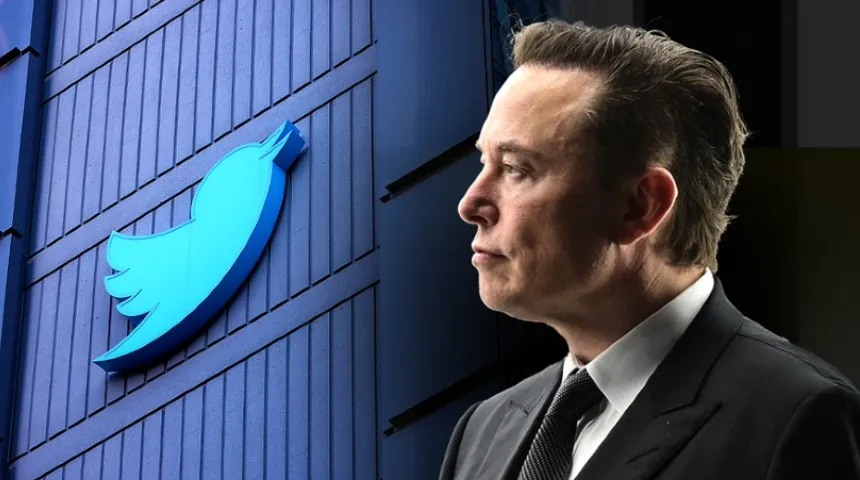
Salesforce and Slack - Acquisition to Rival Microsoft Teams
In 2021, Salesforce acquired Slack for $27.7 billion to enhance its enterprise communication tools and compete with Microsoft Teams, targeting large companies.
Challenges: Integrating Slack with Salesforce’s services posed technical challenges and required convincing users to adopt Slack.
Impact on the Landscape: This acquisition strengthened Salesforce’s position in the enterprise communication market.
Key Takeaways: Combining Slack with Salesforce enhanced communication, intensified competition with Microsoft Teams, and required overcoming significant technical integration challenges.

Google and Fitbit - Acquisition to Expand into Wearable Tech
In 2021, Google acquired Fitbit for $2.1 billion to enter the wearable technology market and expand its health and fitness data capabilities.
Challenges: The acquisition faced regulatory scrutiny over privacy concerns and the integration of Fitbit’s supply chain with Google’s operations.
Impact on the Landscape: Google’s entry into wearable tech allowed it to compete with Apple and Samsung.
Key Takeaways: This acquisition marked Google’s significant entry into wearable tech, addressed critical privacy concerns, and enabled advancements in health data analytics by integrating Fitbit's capabilities with Google's operations.

AMD and Xilinx - Acquisition to Boost Adaptive Computing
In 2022, AMD acquired Xilinx for $35 billion to enhance its adaptive computing technology portfolio and strengthen its market share in the semiconductor industry.
Challenges: Integrating Xilinx’s technology with AMD’s products required significant coordination.
Impact on the Landscape: The acquisition positioned AMD as a leader in adaptive computing, pushing innovation forward.
Key Takeaways: Combining AMD's and Xilinx's technologies boosted product offerings, solidified AMD’s leadership in adaptive computing, and increased competition spurred further innovation.

Oracle and Cerner - Acquisition to Enter Healthcare IT
In 2022, Oracle purchased Cerner for $28.3 billion to expand into the healthcare IT market. Oracle integrated Cerner’s solutions with its cloud infrastructure.
Challenges: Integrating healthcare IT with cloud infrastructure posed challenges, including maintaining Cerner’s client relationships.
Impact on the Landscape: This acquisition allowed Oracle to offer comprehensive healthcare IT solutions, pushing digital transformation in healthcare.
Key Takeaways: Oracle’s entry into healthcare IT expanded its offerings, successfully integrating healthcare and cloud systems and accelerated digital transformation in the healthcare sector.
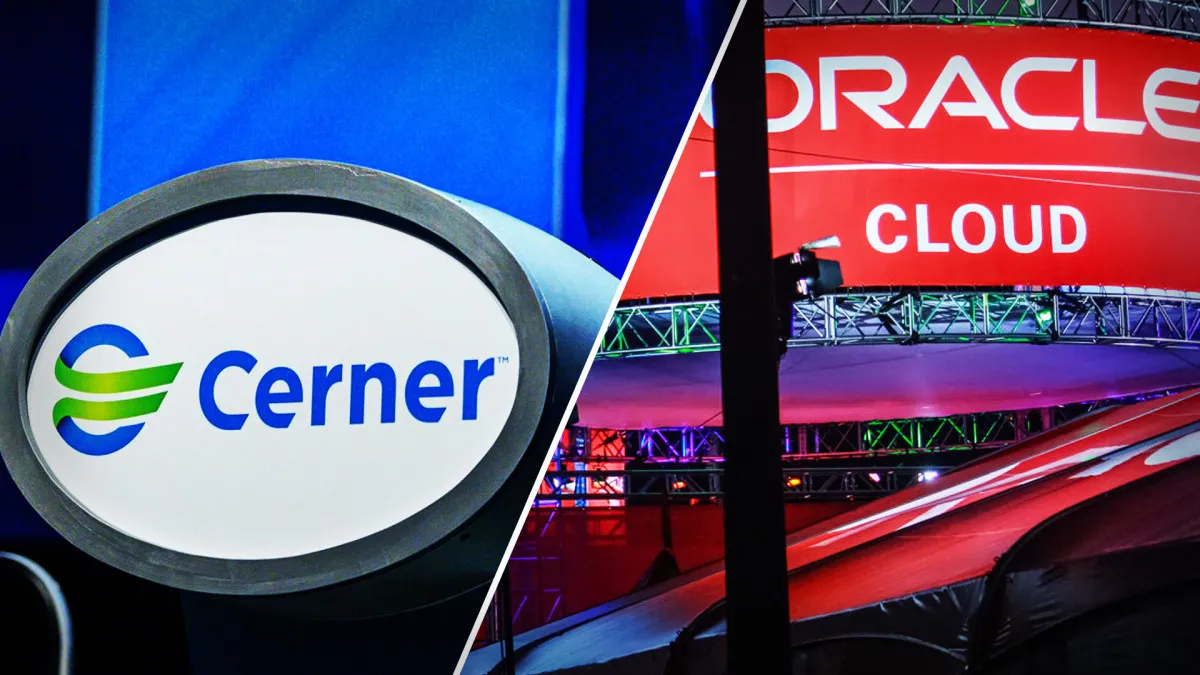
Nvidia and Arm - Acquisition to Lead in Semiconductor Tech
In 2020, Nvidia announced its intention to acquire Arm for $40 billion to access leading semiconductor technology and expand its influence in AI and computing markets, aiming for economies of scale.
Challenges: The deal was terminated in 2022 due to significant regulatory challenges from multiple regulatory bodies, including the FTC in the U.S., the UK government, and the European Union. These regulators were concerned that the acquisition would give Nvidia too much control over the microchip market, ultimately preventing the deal from proceeding.
Impact on the Landscape: The failure of the acquisition meant Nvidia could not integrate Arm's technology, which would have positioned it at the forefront of semiconductor innovation.
Key Takeaways: The attempted acquisition highlighted the potential for technological synergy between Nvidia and Arm. However, significant regulatory barriers and monopolistic concerns ultimately led to the deal's collapse, underscoring the importance of navigating regulatory approvals in major tech mergers.
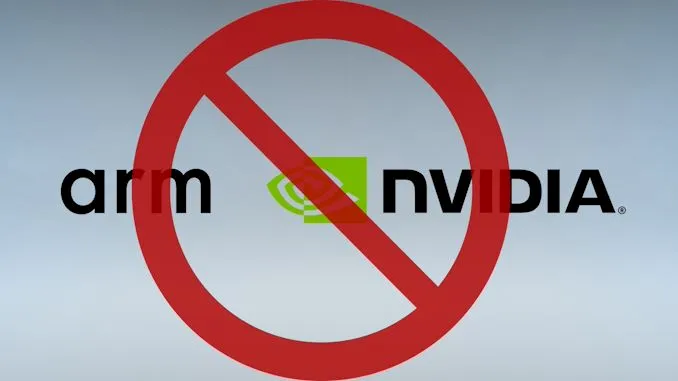
IBM and Red Hat - Acquisition to Strengthen Cloud Services
In 2019, IBM bought Red Hat for $34 billion to strengthen its cloud computing services and enhance its open-source software capabilities.
Challenges: Integrating Red Hat’s open-source culture with IBM’s corporate environment posed difficulties.
Impact on the Landscape: This acquisition allowed IBM to offer more robust cloud services, increasing its market share.
Key Takeaways: The acquisition enhanced IBM’s cloud computing services, required the successful integration of Red Hat’s open-source culture with IBM’s corporate environment, and ultimately increased IBM’s share in the cloud market.

BONUS: The 6 Largest Corporate Acquisitions in History
We’ve examined various types of acquisitions, but now let’s discuss the deals that were so massive that they aimed to reshape the entire industry. These multibillion-dollar transactions often grabbed headlines and attracted the scrutiny of regulators worried about the acquiring companies having too much power. Here are the six biggest acquisition deals ever, each a landmark in the world of mergers and acquisitions.
1. Vodafone and Mannesmann AG - The Biggest Acquisition of All Time
In 2000, Vodafone made history by acquiring Mannesmann AG for $200 billion, marking the largest hostile takeover ever. This M&A transaction turned Vodafone into the world’s largest mobile phone operator, a position it still holds in many European markets today. The deal faced intense negotiation and regulatory scrutiny, demonstrating Vodafone's ambition to dominate the telecom sector and reshape the mobile communications landscape.
2. Heinz and Kraft Foods - The Biggest Consumer Goods Deal of All Time
The 2015 merger of Heinz and Kraft Foods created a $100 billion consumer goods conglomerate. Positioned as a merger of equals, this deal aimed at diversification and expanding product lines in the highly consolidated food industry, including giants like P&G and Mars. Post-merger, the company faced challenges such as slumping sales, shareholder lawsuits, and accounting issues, highlighting the complexities of integrating two significant companies.
3. China Guodian and Shenhua Group - The Largest Deal Involving a State-Owned Enterprise
In 2017, China merged its state-owned enterprises, China Guodian Corporation and Shenhua Group, forming a $300 billion conglomerate and the largest coal producer globally. Unlike in America, where government intervention in M&A is rare, China orchestrates such moves to streamline industries. This strategic merger faced challenges typical of large organizations but aimed to strengthen China’s energy sector.
4. Philip Morris and Altria - The Largest Deal Which Failed to Close
In 2019, Philip Morris and Altria nearly completed a $202 billion merger, which would have been among the largest M&A deals ever. The merger aimed to consolidate market power and diversify product lines, including stakes in vaping products. The deal fell through due to investor concerns over liabilities related to vaping and regulatory scrutiny, highlighting the uncertainties in M&A transactions, especially in regulated industries.
5. Exxon and Mobil - The Deal That Created the Largest Company in the World
The 1999 merger of Exxon and Mobil for $80 billion created the largest company in the world by market cap. This M&A transaction aimed to achieve economies of scale and better respond to crude oil price fluctuations. ExxonMobil emerged as a dominant force in the oil industry, benefiting from enhanced operational efficiencies and a stronger market position, showcasing how merging companies can navigate antitrust regulations.
6. Rosneft and TNK-BP - The Largest Ever Emerging Market Acquisition
In 2013, Russian oil giant Rosneft acquired TNK-BP for $55 billion, marking the largest acquisition in emerging markets. This deal turned Rosneft into a national champion in Russia’s oil and gas sector, significantly boosting its market share and operational capabilities. The acquisition was part of Russia's strategy to consolidate its energy resources and compete globally. Managing the target company's assets and international stakeholders were key challenges, underscoring the potential of emerging market companies in significant M&A transactions.
These historic acquisitions highlight the ambition and scale of the acquiring companies and the complex challenges they faced in reshaping their industries.
Key Learnings: M&A Best Practices
Implementing best practices in M&A is very often what separates long-term value creation from value destruction.
Where mergers and acquisitions are concerned, the process is everything.
We, at DealRoom, help dozens of companies organize their M&A process, and below, we look at 10 elements of best practice that every M&A practitioner should.
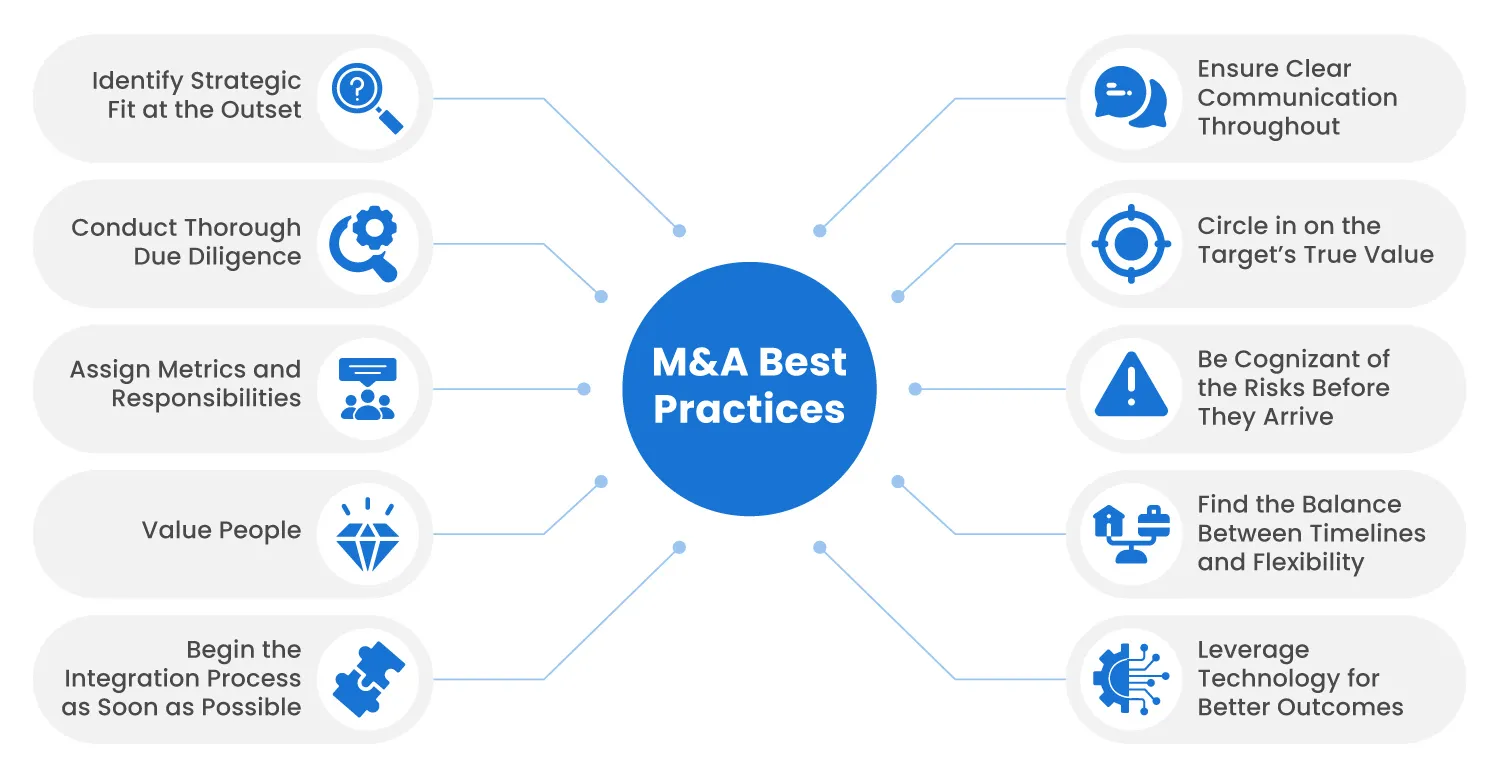
M&A Best Practices
- Identify Strategic Fit at the Outset
- Ensure Clear Communication Throughout
- Conduct Thorough Due Diligence
- Circle in on the Target’s True Value
- Assign Metrics and Responsibilities
- Be Cognizant of the Risks Before They Arrive
- Value People
- Find the Balance Between Timelines and Flexibility
- Begin the Integration Process Planning as Soon as Possible
- Leverage Technology for Better Outcomes
Every transaction is different, but successful deals rarely stray far from the same tried and tested processes. Refer to the 10 steps mentioned in this article to maximize the potential of your M&A transaction.
Talk to DealRoom today about how our Agile M&A technology can turbocharge your dealmaking.




















.png)
.webp)



.webp)
.webp)
.webp)





.png)
.png)
.png)
.svg)

.svg)
.png)
